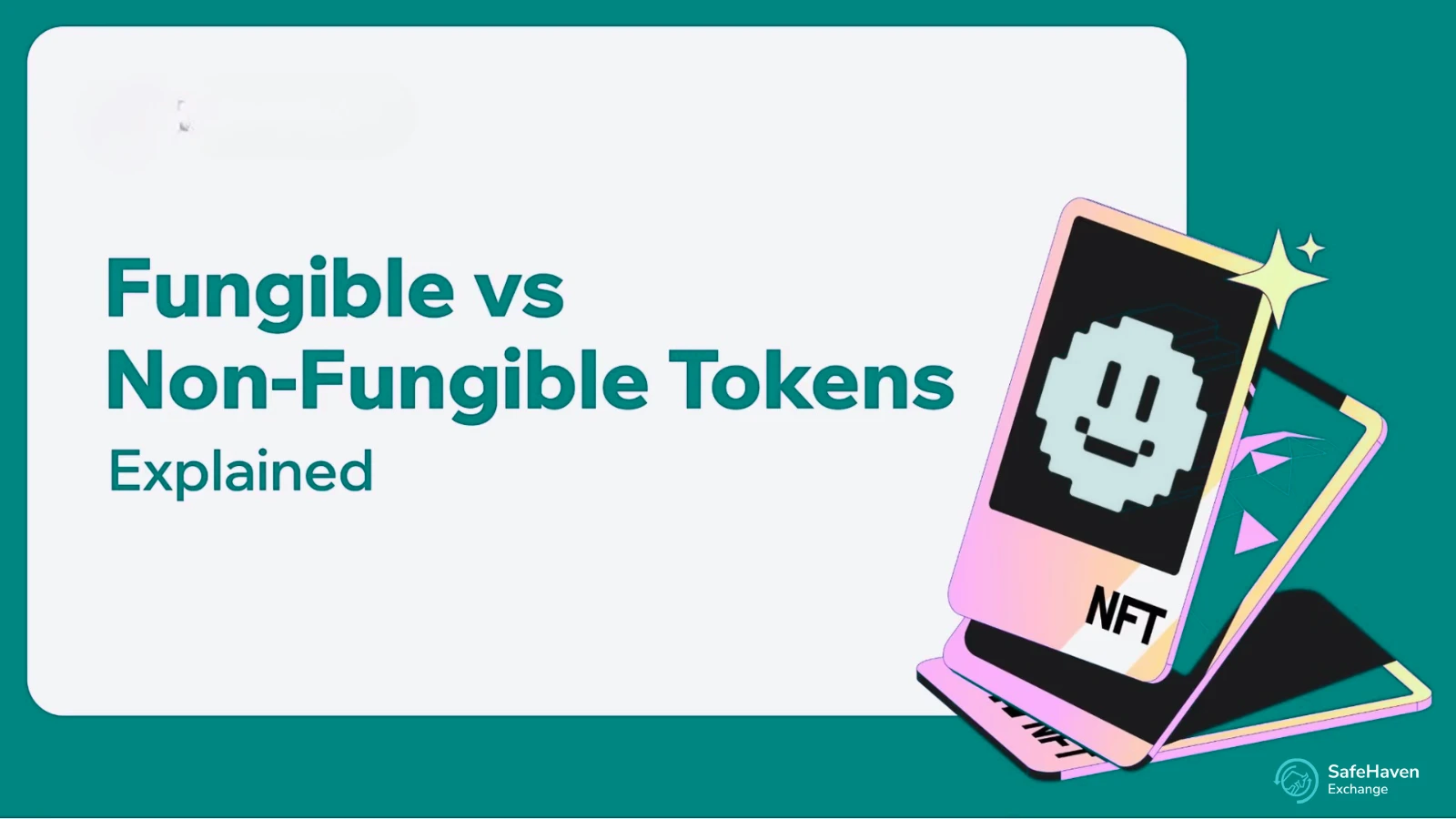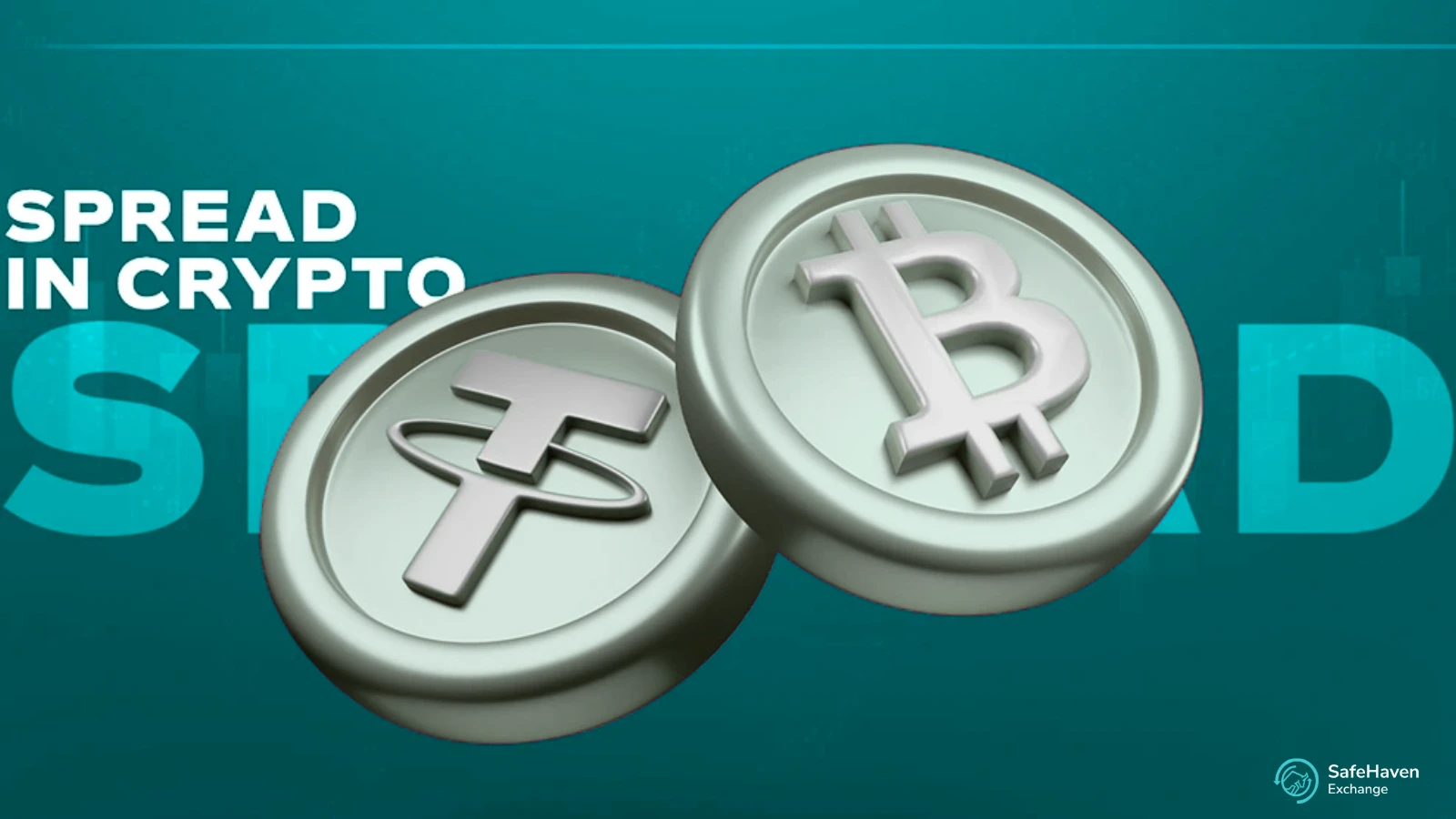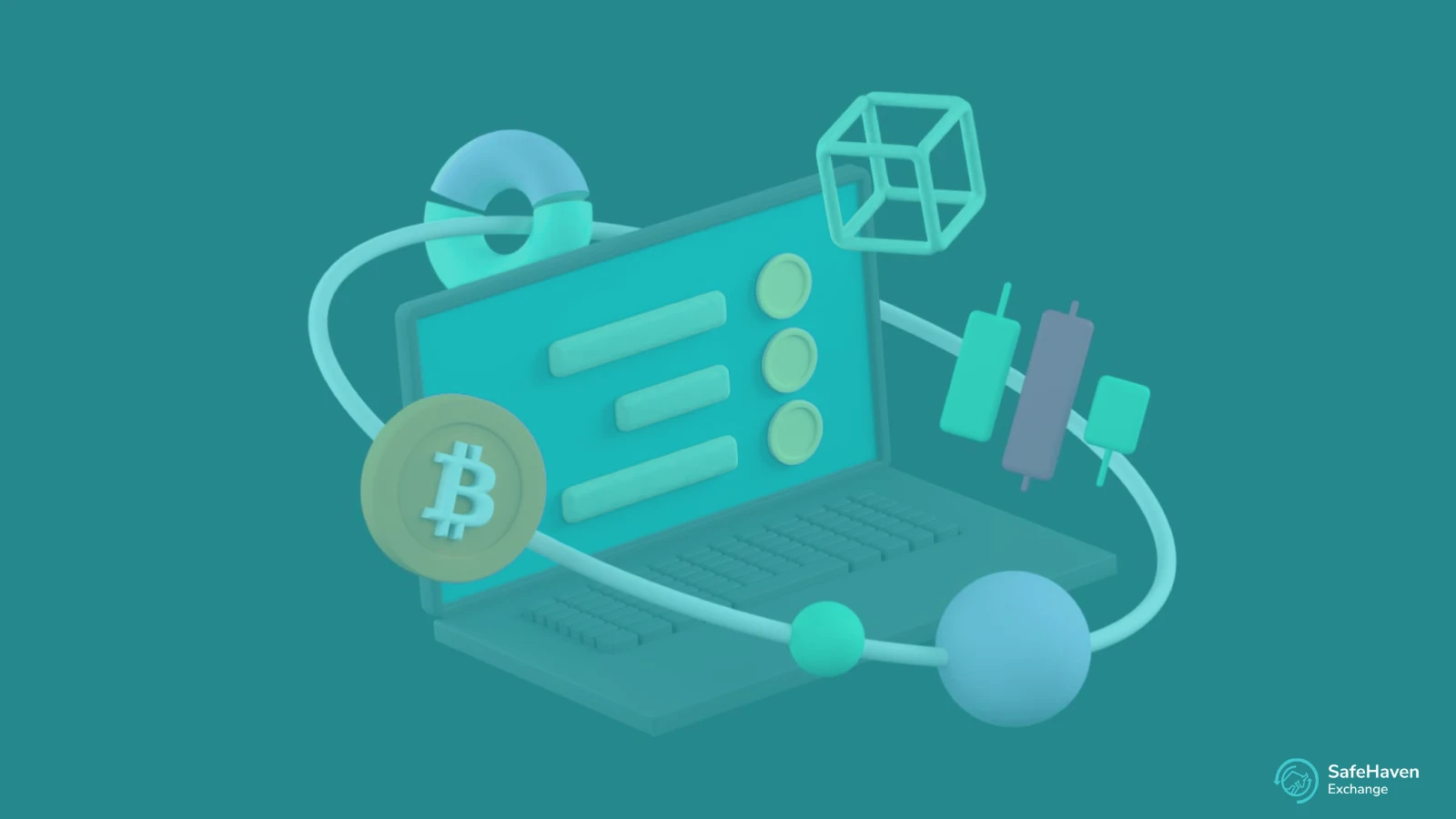Understanding the different types of tokens is essential for anyone looking to navigate the crypto world. Among the most significant token classifications are fungible tokens and Non-Fungible Tokens (NFTs). While both are built on blockchain technology, they serve very different purposes and possess unique characteristics. Both types of tokens play an important role in the crypto ecosystem, powering everything from digital currencies to unique collectibles.
In this article, we discuss the key differences between fungible tokens and NFTs, and explore their specific use cases to help you grasp their roles in the digital economy.
What are Fungible Tokens?
Fungible tokens are digital assets that are interchangeable and possess equal value. “Fungible” is an economic term meaning that individual units of an asset are identical and can be replaced by another identical unit without any loss in value. Think of a dollar bill—one dollar is always worth the same as another dollar. You can swap them freely, and their value remains constant. This interchangeability makes them a vital component of the cryptocurrency ecosystem.
These tokens follow a standardized set of rules, allowing them to be easily exchanged and used within various applications. The most prominent example of fungible tokens is cryptocurrencies, such as Bitcoin (BTC) and Ethereum (ETH). Each unit of Bitcoin is identical to every other unit, making it a perfect medium for transactions and a store of value.
A key standard for fungible tokens on the Ethereum blockchain is ERC-20. This standard was introduced in 2015 and provides a uniform set of rules for creating and managing fungible tokens. ERC-20 tokens facilitate seamless transactions and interactions across various platforms and wallets, ensuring interoperability within the Ethereum ecosystem. This standardization has been crucial for the growth of decentralized finance (DeFi), enabling the creation of stablecoins, governance tokens, and utility tokens.
What are Non-Fungible Tokens (NFTs)?
Non-Fungible Tokens (NFTs) are a unique category of digital assets that represent ownership of specific items or content on the blockchain. Unlike fungible tokens, which are interchangeable and identical, NFTs are distinct and cannot be exchanged on a one-to-one basis. Each NFT has unique properties and is one of a kind, or one of a limited series. This uniqueness makes NFTs particularly valuable for representing ownership of digital art, collectibles, virtual land, and other one-of-a-kind items.
Imagine a famous painting like the Mona Lisa. There is only one original, even if countless prints exist. An NFT functions similarly in the digital realm, acting as a verifiable certificate of authenticity and ownership for a specific digital asset.
The most widely recognized standard for creating NFTs on the Ethereum blockchain is ERC-721. This standard, introduced in 2018, provides a framework for defining unique tokens, ensuring that each token has distinct attributes and ownership records. The ERC-721 standard is pivotal in establishing the functionality of NFTs, allowing for the creation, transfer, and management of these unique digital assets. Another popular standard, ERC-1155, allows a single smart contract to manage multiple token types, both fungible and non-fungible, offering greater efficiency.
Key Differences: Fungible vs. Non-Fungible
| Feature | Fungible Tokens | Non-Fungible Tokens (NFTs) |
|---|---|---|
| Interchangeability | Interchangeable. One unit is identical to another. | Unique. Each token is distinct and cannot be replaced. |
| Value | Uniform. Each token has the same value. | Variable. Each token has a unique value based on rarity and demand. |
| Divisibility | Divisible. Can be broken into smaller units (e.g., 0.001 BTC). | Indivisible. Typically cannot be divided into smaller parts. |
| Standard | ERC-20 (Ethereum) | ERC-721, ERC-1155 (Ethereum) |
| Use Case | Currency, store of value, utility, governance. | Digital art, collectibles, gaming items, ownership records. |
Use Cases in the Crypto Ecosystem
Fungible Tokens are the workhorses of the digital economy. Their primary uses include:
- Digital Currency: Cryptocurrencies like Bitcoin and Litecoin serve as a medium of exchange for goods and services.
- DeFi Applications: Fungible tokens are used for lending, borrowing, and yield farming on decentralized finance platforms.
- Governance: Many projects issue governance tokens that give holders voting rights on the future direction of the protocol.
- Utility: Utility tokens grant users access to a specific product or service within a particular ecosystem.
Non-Fungible Tokens have unlocked new possibilities for digital ownership and creativity. Their major use cases are:
- Digital Art: Artists can tokenize their work, allowing them to sell it directly to collectors and earn royalties on future sales.
- Collectibles: NFTs are used for digital trading cards, unique avatars, and other collectible items.
- Gaming: In-game assets like characters, skins, and weapons can be represented as NFTs, which players can own and trade.
- Real-World Assets: NFTs can represent ownership of physical assets like real estate or luxury goods, creating a transparent and secure record.
- Ticketing & Membership: Event tickets and exclusive memberships can be issued as NFTs to prevent fraud and enable easy transfer.
Conclusion
Fungible and non-fungible tokens are fundamental building blocks of the ever-expanding crypto landscape. Fungible tokens provide the liquidity and uniformity needed for a functional digital economy, acting much like traditional currencies. In contrast, NFTs introduce the concept of verifiable digital scarcity and ownership, opening up new markets for unique assets and creative content. Together, they create a dynamic and versatile ecosystem that continues to reshape how we think about value, ownership, and interaction in the digital age.








